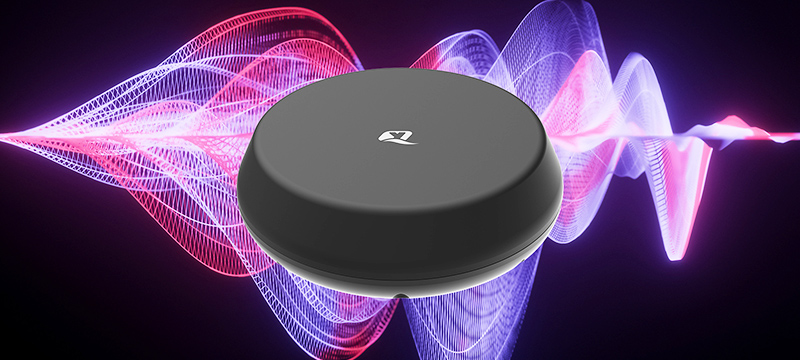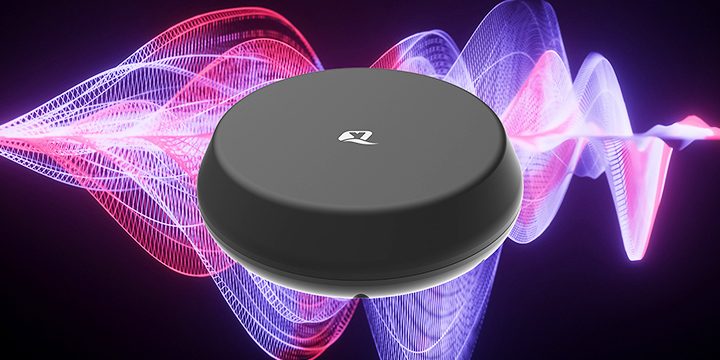
Berg Insight, the leading IoT market research provider, today released a new research report covering antennas for cellular IoT devices.
Even though an antenna is a conceptually basic passive component, there are many challenges associated with the implementation of antennas. The complexity of RF design requires a deep understanding of electromagnetic principles, signal integrity and the intricacies of printed circuit board (PCB) design. Major smartphone OEMs have teams of hundreds of engineers that design custom antennas for their devices. In contrast, cellular IoT device makers typically do not have the resources or scale to design antennas in-house and rely on specialised antenna vendors that provide off-the-shelf antennas, as well as custom antenna design services.
Berg Insight estimates that annual shipments of cellular IoT antennas, including internal and external antennas, amounted to 598 million units in 2023. Until 2028, cellular IoT antenna shipments are forecasted to grow at a compound annual growth rate (CAGR) of 14.9 percent to reach 1.2 billion at the end of the period.
Cellular IoT antennas can be broadly divided into internal and external antennas. There are a range of antenna types to choose from when deciding on what kind of antenna to use. The most important factors to consider are size, cost and performance. The ideal antenna has a small form factor, low cost and excellent performance. This is however not possible in the real world and trade-offs must be made, meaning that there is generally no one-size-fits-all antenna solution.
The cellular IoT antenna market is served by a multitude of players of different sizes, with diverse portfolio strategies and varying degrees of specialisation when it comes to antennas. An important category is the major diversified electronic component manufacturers such as TE Connectivity, Kyocera and Amphenol. Taoglas is one of the leading pure-play IoT antenna vendors in North America and Europe. Sunnyway Technologies is the market leader in China and is active across all the main antenna segments. Other key antenna providers that are active in more than one segment are discoverIE (operating through the brands 2J Antennas and Antenova), Pulse Electronics and Quectel. Antenna providers that primarily focus on the internal antenna segment include Ignion, Abracon, Ezurio, Unictron and Walsin Technology Corporation. The external antenna market is fragmented, with few vendors having substantial presence in more than one region. Berg Insight ranks Panorama Antennas, Parsec Technologies and PCTEL (acquired by Amphenol in December 2023) as the market leaders. Other major external antenna providers include Amphenol Procom, Poynting Antennas, Huber+Suhner and Airgain.
The post Berg Insight unveils comprehensive research on the cellular IoT antenna market appeared first on IoT Business News.



More Stories
Soracom IoT Platform Achieves SOC 2 Type 1 Compliance for Internal Control
Internet of Things in Retail Market Size Will Expand to USD 464.9 Billion by 2031
Essential Partners for Business Expansion: The Impact of Independent Distributors